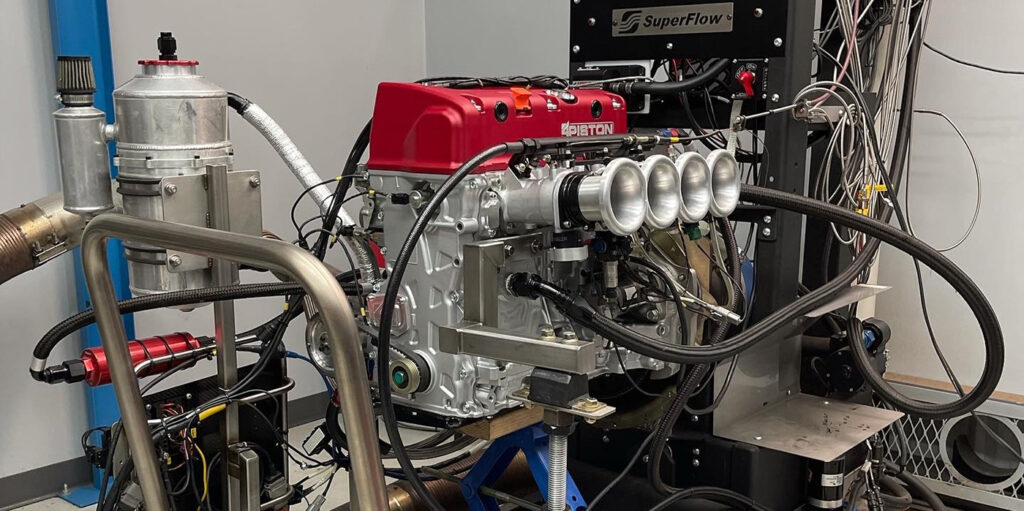Planning Your Honda Engine Build

Honda engines are very popular amongst tuners. One reason is that there is a huge aftermarket for Honda parts such as radiators, harnesses, engine mounts, etc. Basically, for any part that you can name there are various options available. The most popular Honda cars are the Honda Civic, Acura Integra, and Honda CRX/Del Sol. These cars were made with interchangeable parts that can be swapped back and forth between models.
Before starting your build it is important to have a good car frame. Things to look out for are rust. The body should be clean and free of any oxidation. Other things to look out for are frame damage. A lot of times a salvage titled car was repaired and contained frame damage that can be a serious risk to the driver. In other words, avoid cars with frame damage. Check the weld joints under the hood. They should be located next to the left and right headlights. Make sure that the radiator lines up with the chassis. Also, stand behind the rear of the car and look underneath the body. Are the front and rear wheels lining up properly? They should, and make sure to check for that. Check the body panels to ensure that there are no uneven gaps between them.
Once you have the car that you are going to build, now it’s time to designate a budget. A good build with a fully built engine that is properly tuned can run upwards of $10000 or more. So figure out what you want. Is your budget low or high? There are three basic ways to build your Honda for speed.
Forced Induction, all motor, and spray. Forced Induction is adding a turbocharger to your engine. The price can be moderate, ranging from three thousand to five thousand dollars depending on the compression. Forced induction also gives the biggest gains for a relatively low price. Some modifications are needed to support a turbocharger namely an upgraded oil system, a fuel system with a bigger pump, a larger transmission cooler, and a radiator. On a side note, most turbochargers last around 50,000 miles and they need to be replaced.
Spray, or Nitrous Oxide in your car, is the cheapest modification in your car. Warning, nitrous oxide ruins your car’s engine. What NOS does is it increases compression in your engine by increasing the potency of the spark delivered in the combustion chamber. That extra force that pushes the pistons upwards is what delivers the power. Nitrous Oxide, over time, damages the pistons as well as the exhaust system directly because of the extra emissions generated after combustion. Besides that, however, Nitrous Oxide is the cheapest alternative. Just plug and play a bottle of fuel into your fuel delivery system and that is all. Cost less than 500 dollars.
My favorite build, which is why I saved it for last, is the all-motor build. It also tends to be the most expensive. What an all motor build is, is taking your existing engine and transmission, and replacing the cams, pistons, lifters, springs, rods, and bearings with more durable and higher resistant replacements. This can add significant horsepower in that it allows you to increase the engine displacement and compression at the same time. In the transmission, you are replacing the clutch and flywheel with lighter and more resistant-to-wear alternatives. Honda engines take this a step further by being completely interchangeable between makes and models having the same engine series. For example a d series engine can be swapped for another d series and still maintain the same drive train or part can be shared from a b series engine. This is done to increase compression. B series engines, the center of attention for most serious Honda engine builders, can be built to withstand over 400 horsepower.

